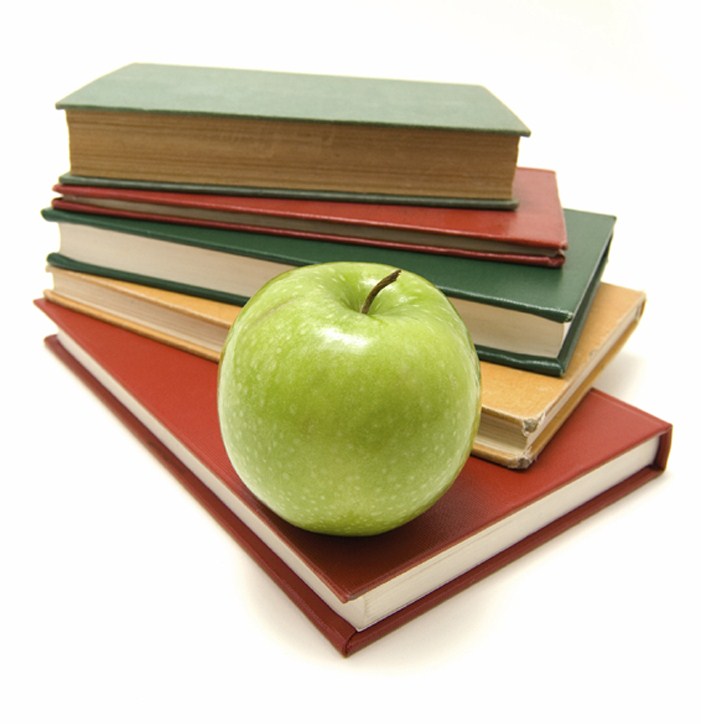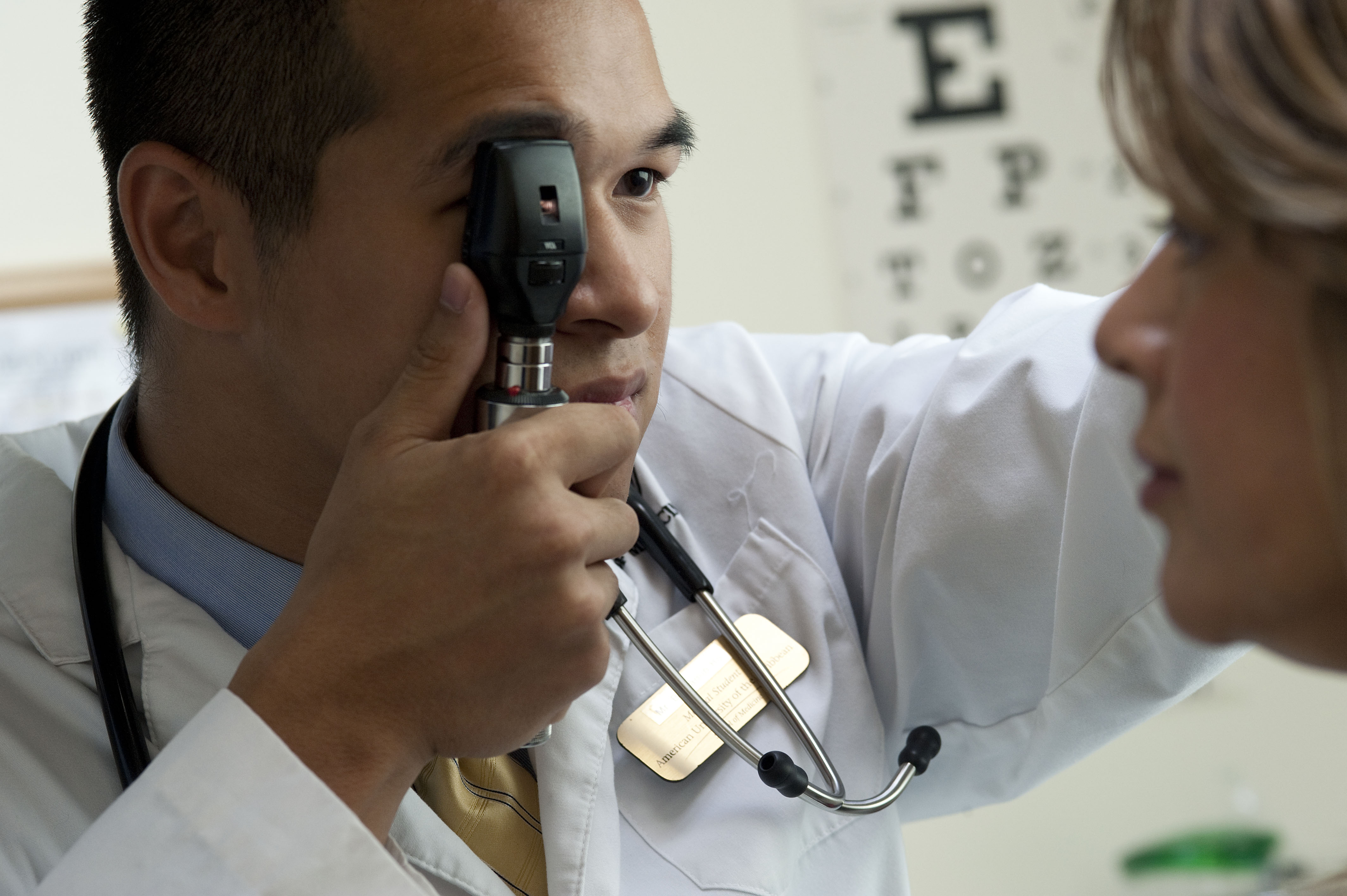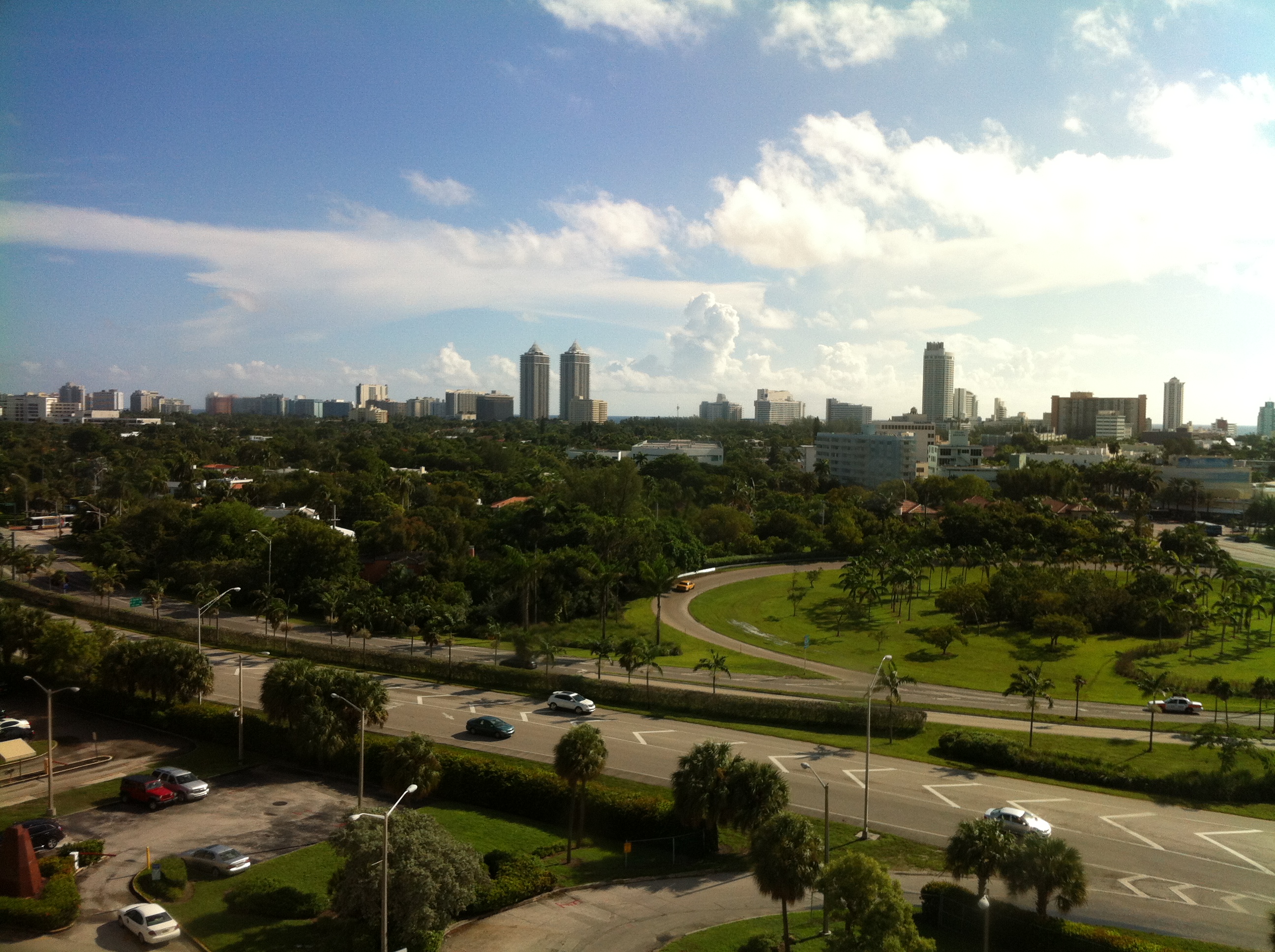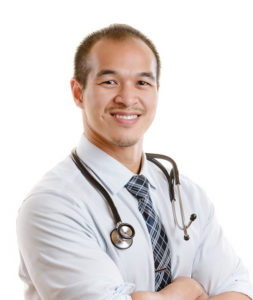8 Things to Learn When Starting Clinical Rotations
 After 72 weeks of clinical rotations, taking me from hospitals and clinics across the country to those overseas in England, from college town Gainesville to urban under-served Bronx, I have finally finished my last day of medical school! It has been quite an adventure, and I feel I have grown much not only as a physician-in-training but as a person. I’ve seen the start of one life when I delivered my first newborn patient during OB/Gyn, and the end of another when I took turns performing CPR, trying one last time to save a critical patient in the ER. I’ve been amazed at how adaptable the human body can be, such as when a patient regains lost abilities after a stroke during my neurology rotation, but I’ve also been perplexed at how vulnerable our bodies can be at the same time, with a fine line between life and death, like when a patient who I was talking to seemingly normally suddenly loses her consciousness and pulse in a split second without warning during my cardiology rotation.
After 72 weeks of clinical rotations, taking me from hospitals and clinics across the country to those overseas in England, from college town Gainesville to urban under-served Bronx, I have finally finished my last day of medical school! It has been quite an adventure, and I feel I have grown much not only as a physician-in-training but as a person. I’ve seen the start of one life when I delivered my first newborn patient during OB/Gyn, and the end of another when I took turns performing CPR, trying one last time to save a critical patient in the ER. I’ve been amazed at how adaptable the human body can be, such as when a patient regains lost abilities after a stroke during my neurology rotation, but I’ve also been perplexed at how vulnerable our bodies can be at the same time, with a fine line between life and death, like when a patient who I was talking to seemingly normally suddenly loses her consciousness and pulse in a split second without warning during my cardiology rotation.
It’s easy to get emotional with cases like these, as we are all human beings with feelings, but we learn to set emotions and biases aside for the time being and focus on treating the patient to the best of our abilities, no matter if the patient is the victim or the criminal. While we strive to understand the mechanisms behind disease and how to manage them, much of medicine still remains mysterious and beyond control of even the most trained of physicians. It’s been a pleasure and honor to be able to experience the world of medicine these past 4 years, and I have to thank my supportive and loving wife Irene, my friends, family, colleagues, doctors who I’ve worked with, patients, and AUC for this. I look forward to the rest of my training and practice in the years to come.
For those of you about to start clinical rotations, I’ve written a post about the skills I feel are important to learn early when starting your rotations that will help you tremendously for the rest of your clinical years of med school. Most of these skills you’ll already have learned to some extent by the time you finish your Basic Science training at AUC, especially in ICM (Introduction to Clinical Medicine), but clinical rotations will give you the practice and experience to perfect them (at least until residency).
1. Writing H&Ps
During your clinical years, residency, and beyond, you’ll be writing a lot of notes on the patients you see. The most common types of notes you’ll write are H&Ps (aka History & Physical or the similarly related Consult Notes) and SOAP notes (aka Progress Notes). The H&P is the note you write when you see a patient for the first time, in which you record the patient’s initial complaints, findings, and background history. Naturally, knowing how to write H&Ps requires knowing how to do a thorough interview and physical examination, and as AUC students, you should be able to do all this by the time you finish Introduction to Clinical Medicine on the island. There is no one single way to write the H&P, Consult, or SOAP notes, and you’ll notice that different doctors may write them slightly differently. Regardless, here are the basic components of the H&P:
- CC — Chief Complaint (or Reason for Consult if you’re writing a consult note)
- HPI — History of Present Illness
- ROS — Review of Systems (N/V, Diarrhea/Constipation, HA, CP, SOB, etc.)
- PMH — Past Medical History
- PSH — Past Surgical History
- Medications
- Allergies
- SH — Social History (smoking/EtOH/drugs, occupation)
- FH — Family History
- VS — Vital Signs (temperature, blood pressure, pulse rate, respiratory rate, oxygen saturation)
- PE — Physical Exam Findings (General, HEENT, Neck, CV, Pulm, Abd, Ext, Neuro. Psych)
- Lab Results (CBC, CMP and other labs when applicable)
- Assessment and Plan
2. Writing SOAP Notes
As I stated above, the first note you write of a patient will be the H&P note. Every subsequent time you visit the patient, you’ll write a Progress Note (aka SOAP Note), to update on the progress of your patient’s hospital stay and make updated plans. The Progress Note is often called the SOAP note because of the acronym of its four components: Subjective, Objective, Assessment, and Plan. Often, you’ll see that the assessment and plan written together as one section with the listing of the assessed diagnoses, and the plans written under each diagnosis. Here are the basic components of the SOAP note:
- S — Subjective is what the patient says. It could be quotes, or it could be information that the patient tells you. You also write the symptoms the patient denies having here. i.e. “Pt c/o mild lower abd pain but says otherwise ‘doing well’. Denies N/V/HA/CP/SOB…” etc.
- O — Objective is what you find out about the patient, from physical examination, vitals, or lab values that you looked up about the patient. i.e. “NAD, HRRR, lungs clear, Abd soft/NT, no edema. Vitals: 97°-80-12-110/70. Labs: WBC 5.0, Hb 9.1….” etc.
- A — Assessment is a brief statement summarizing the big picture of how the patient is doing. i.e. “28 yo G1P1 EDC 9/2/12 s/p ND day #2 doing well…” etc.
- P — Plan is what you plan to do for this patient, like which medication you will prescribe, what the patient should do, what further test you want to order for the patient, or when the patient should follow up. i.e. ” continue post-partum care, repeat complete blood count in the morning, control pain with motrin…” etc.
3. Reading EKGs
The EKG isn’t just something you’ll read if you do a cardiology rotation. For almost every one of my rotations (besides psych), I’ve had to read EKGs at some point. After all, the heart isn’t an isolated organ, and affects multiple systems in people of all ages. I’d highly recommend getting good at reading EKGs early on in your rotations, if not before. You may have learned the basic concepts behind EKGs during second or third semester physiology, or participated in the EKG workshop hosted by AMSA every semester, but it’s not enough to prepare you to glance at an EKG, and quickly interpret it for your attending or resident without making yourself look bad. For this, I’d highly recommend reading Dubin’s Rapid Interpretation of EKG’s. This plus lots of practice has tremendously given me a solid foundation for reading EKGs.
4. Reading Radiographs
You’ll also encounter many situations during your rotations in which you’ll need to read X-rays, ultrasounds, CTs, and MRIs, whether it’s a chest X-ray during your internal medicine rotation, pelvic ultrasound during your OB/Gyn rotation, or CT of the abdomen during your surgery rotation prior to an abdominal aortic aneurysm repair. If you are in first semester at AUC, make sure to learn this well during anatomy with the radiographs available and the virtual imaging software on the computers in the dry lab. AMSA also puts on a radiograph workshop every semester.
5. Knowing Lab Values and Vital Sign Values
Knowing the normal reference values for vital signs and lab results will save you time and headache not only during your shelf and step exams but also during your rotations. Know what the lab values mean, and what their relationships are to each other (i.e. Increased BUN and Creatinine with a BUN/Cr ratio >20 usually means renal failure due to pre-renal cause, AST > ALT in alcoholic liver damage, etc.). Know important formulas like the Winter’s Formula and the calcium correction formula for hypoalbuminemia. You may need to use it at some point during your rotations, or at least on the Step). Know the cut-offs for normal blood pressure, pre-hypertension, and hypertension. Know cut-off values for BMI. Know cut-off values for pre-diabetes and diabetes at fasting and 2-hour post-prandial. Know how to write lab values as fishbone diagrams, as you’ll see it a lot. See here for more info.
6. Learn Abbreviations
You will find that in practice, abbreviations are extensively used, and you will need to know them to understand patient charts and doctors notes, as well as to write your own notes. Here are some common abbreviations you’ll see during your rotations:
- Pt — Patient
- c/o — complains of
- s/p — status post, meaning a procedure is completed (i.e. s/p appendectomy in 2006, meaning the patient had an appendectomy in 2006).
- c (with a dash over it) — with
- Ø — no
- HA — headache
- MMM — moist, mucosal membranes
- PERRLA — pupils equal, round, and reactive to light and accomodation
- EOMI — extraocular movements intact
- RRR — regular rate and rhythm
- CTAB — clear to auscultation bilaterally (referring to the lungs)
- SOB — shortness of breath
- CP — chest pain
- ND/NT — non-distended/non-tender
- RUQ, LUQ, RLQ, LLQ — right upper quadrant, left upper quadrant, right lower quadrant, left lower quadrant.
- N/V — nausea and vomiting
- AAOx3 — alert and oriented to person, place, and time (the patient knows who he/she is, where they are, and what day it is)
- AAOx2 — alert and oriented to person and place, but not time (the patient knows who he/she is, where they are, but not what day it is)
- AAOx1 — alert and oriented only to person (the patient knows who he/she is, but not where they are or what day it is)
- NKA, NKDA — no known allergies, no known drug allergies
- NC — non-contributory
- BID — twice per day
- TID — three times per day
- PO/IV/IM — by mouth, intravenous, intramuscular
- DNR/DNI — do not resuscitate/do not intubate
7. Performing a Focused Patient Encounter
While during Basic Sciences we learn how to do a full exam and interview, which can take up to an hour to do. But in the clinical setting, we will need to learn how to do a much shorter, more focused patient encounter, meaning completing both the interview and physical exam within 15 minutes or less. 15 minutes is a good goal to reach for when pacing yourself during patient encounters because this is the amount of time you are allowed with each patient during the Step 2 cs exam. If you get enough experience with this amount of time, then the Step 2 cs patient encounters will feel very natural for you.
8. Knowing Trade Names
While you won’t be tested on trade names on any of the licensing exams, you will quickly pick up the trade names of drugs as you go through your clinical rotations. The trade names are used as frequently as the generic names in practice, and everyone in the medical teams you will work with will know both, so try to make the effort to remember them. If you go to the UK for clinical rotations, you’ll notice that while the generic names are the same, the trade names in England and the United States are different. For example, Enoxaparin is known as Clexane in UK hospitals while it is Lovenox in US hospitals.
For all those starting clinical rotations, best of luck!
Benji














Hi Benji! I’m really happy that you got through the four years! Did you finally choose what specialty you’re going to pursue?
Thanks Freddy! Yes, I definitely want to pursue Family Medicine. With my love of long-term patient care and working with everyone (both kids and adults alike), I feel it is a great fit for me. My wife and I would love to open a primary care clinic in the community one day.
Benji
Hi Benji,
Congratulations on finishing medical school!
I have been reading your site avidly and am currently applying to AUC. I noticed in the technical standards that it was listed that we had to be able to watch physiology experiments performed on animals. Is there animal testing in the physiology labs that we must complete at AUC?
Thank you,
Traci
Hi Traci and thanks for reading my blog. There are no animal testing on campus (only human cadaver dissections), and there are no labs for physiology. I’m not sure why the technical standards would say that. Perhaps it means if you’re able to handle animal testing emotionally then you’d be able to handle cadaver dissections. Just my guess. Best of luck on applications!
Benji
Hey Benji,
I’d like to congratulate you on completing your education at AUC. This blog is well-written and serves as an excellent guide to so many people, many of which you will never hear from but you’ve nonetheless guided.
Thanks A TON.
Thanks Hadeer! I’m glad I could be of help!
Hi Benji! Thank you SO much for writing your blog- it’s been so informational and eye-opening!! Just out of curiosity, where are you doing your residency? I’ve been so curious as to where Carribean med students end up after graduating!
Hi Sarah,
Thanks for reading my blog! It is still interview season right now, so it is still too early to say where I will be going, but I really want to go into family medicine. If you’d like to see where AUC alumni have matched, check out this link: http://www.aucmed.edu/alumni/residency-placement/residency-placements.aspx
Benji
congratulations on finishing medical school! enjoy it! your resource is great for every med student
Thanks Eniola!
Awesome post, and awesome blog! Are you planning on making a post on applying for the match and how that whole process works? Just an idea… Would be very helpful! Keep up the good work!
Thanks Jay!
That’s a good idea. I did start writing a post about this topic a few months ago, but I just got very busy with rotations, applications, and studying for the Step 2 ck to finish writing it or even answering all the comments I get!
All the best to you!
Benji
Hi Benji, your blog has been extremely helpful in terms of my research of caribbean medical schools. I realize that you have already been shown an expression of gratitude by the comment above and I would like to do the same, so thank you. Off the topic of the original post, I would like to ask you about the cost of living in St. Maarten. If you can, would you also be able to compare these expenses to Dominica or Grenada?
Hi Chris,
Thanks for the thoughtful comment. The cost of living in St. Maarten is higher than Dominica. For example, you can probably rent an apartment in Dominica for $500, but in St. Maarten you’ll most likely spend at least $800 per month. Groceries are also more expensive in St. Maarten compared with Dominica. However, St. Maarten is also much more developed than Dominica. I’ve never been to Grenada, so I can’t say much about the costs there, but I can’t imagine it being more than St. Maarten. Check out some of my posts here about the costs of living in St. Maarten:
2012 Cost of Supplies: http://www.caribbeanmedstudent.com/2012/03/cost-of-supplies/
2010 Cost of Groceries: http://www.caribbeanmedstudent.com/2010/07/how-much-do-things-cost-in-sxm/
Prices may have changed since I’ve been on the island, so please take these prices for a grain of salt. Best of luck to you!
Benji
this is awesome man! a friend and I were preparing for our last mini and 1st semester finals at Ross and happened on your website…what a live saver. Congrats on finishing…pray for us on this journey to finish unscathed!
Best of luck Sola!
Thanks a lot for this blog, your personal insight of AUC and medical school has helped me decide to pursue my dream to become a medical doctor, and to attend AUC. I hope everything is working well for you. Once again, thanks for this blog!
Thanks Eliezer for your thoughtful comment. I’m glad you found my site helpful. I enjoy writing, and its been helpful to me in sorting out my memories as well. I wish you the best of luck in med school!
Benji